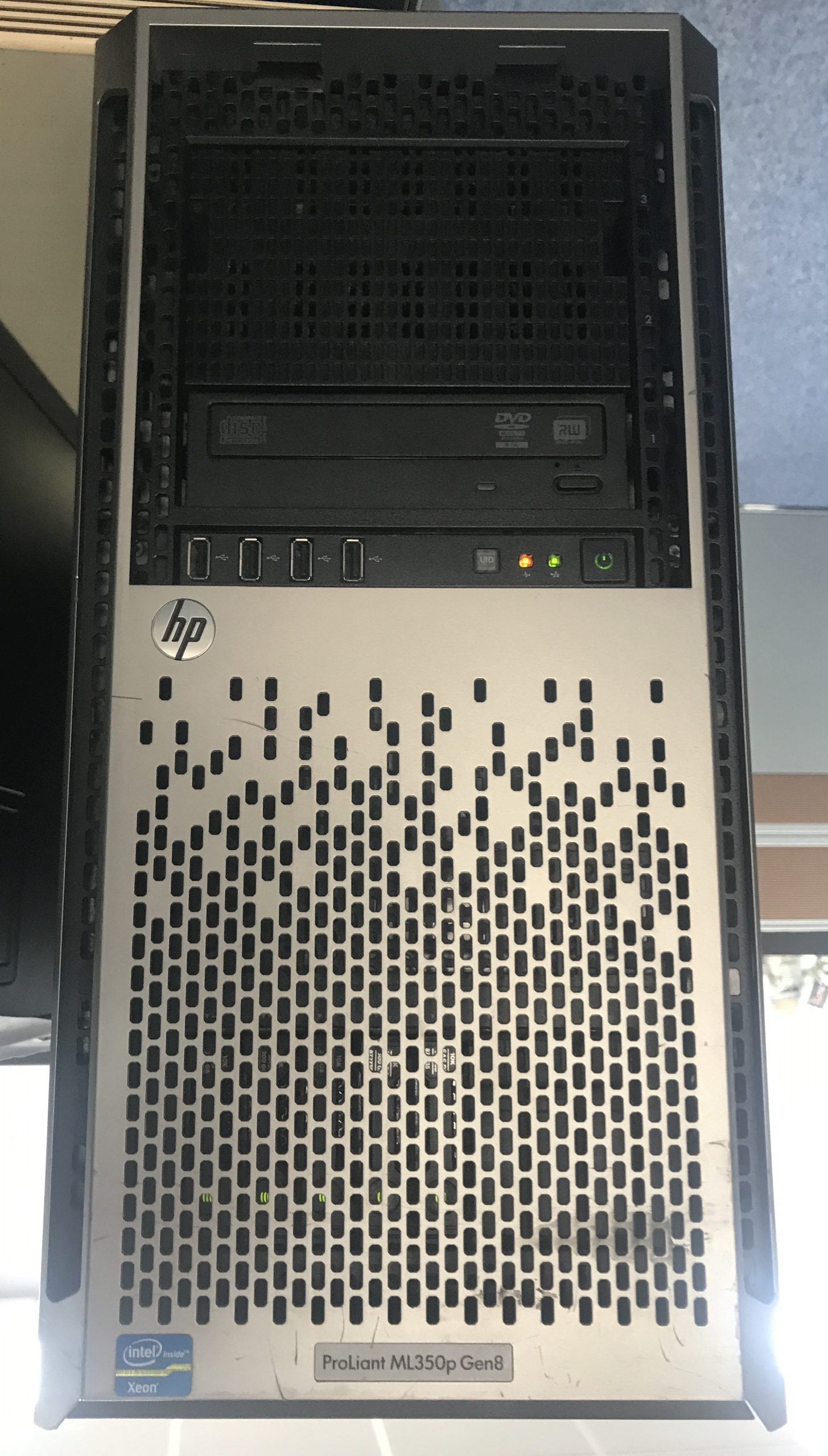Troubleshooting a Desktop PC After Accidental Damage: A Guide
Accidents happen, and sometimes they can lead to unexpected challenges, especially when it comes to technology. Recently, a 5-pound dumbbell accidentally fell onto our desktop computer’s system unit, prompting concerns about performance and hardware integrity. Here’s a summary of the situation and some insights into what to do next.
Initial Observations
Prior to the incident, the PC was functioning flawlessly. However, since the dumbbell impacted the system unit, we’ve noticed a significant lag in performance. Visually, there is a minor dent on the case, and the front panel has become slightly dislodged, suggesting that the impact might have caused more than just superficial damage.
Diagnostic Attempts
In an effort to assess the situation, I accessed the BIOS. However, my familiarity with BIOS settings is limited, leaving me uncertain about how to proceed further. Despite these efforts, the computer occasionally displays a troubling message upon boot: “Operating System is missing.” This issue seems to resolve temporarily by powering the unit off and restarting it, only to return again after a while.
Temperature Concerns
Additionally, while running diagnostics in the BIOS, I observed that the CPU temperature reached a concerning 99 degrees Celsius. This high temperature could potentially lead to further complications or signify underlying issues, possibly exacerbated by the impact.
Moving Forward
Given these observations, it is crucial to take immediate steps to properly diagnose and address the issues at hand:
-
Inspect Internal Components: Carefully open the case to check for loose connections or damaged components that might have resulted from the impact.
-
Check Hard Drive Health: The “Operating System is missing” message may indicate a malfunctioning hard drive. It’s advisable to perform a diagnostic test on the drive to assess its health.
-
Monitor CPU Temperature: If the CPU temperature remains high, consider reapplying thermal paste or checking the cooling system’s effectiveness. It’s vital to ensure that the CPU operates within safe thermal limits.
-
Backup Data: If the system is partially operational, make sure to backup any important files immediately to prevent data loss in case the situation worsens.
-
Seek Professional Help: If the troubleshooting steps become overwhelming, enlisting the assistance of a professional technician may be the best option.
Accidental damage to technology can be daunting, but with a systematic approach, it is possible to pinpoint and resolve the issues. Hopefully,
Share this content:



